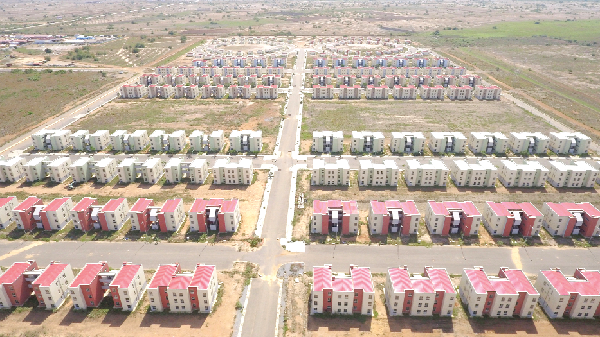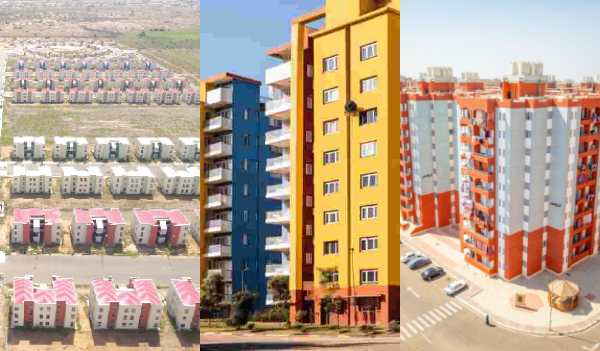Access to affordable housing remains one of the most pressing challenges across Africa. However, some countries have made remarkable progress in making decent housing more accessible to their citizens.
In 2025, factors like government policies, low construction costs, urban planning, and foreign investment continue to shape housing affordability.
Affordable housing in some countries is more than just low prices—it’s about sustainable policy, inclusive urban development, and economic accessibility.
While challenges remain, these five African countries are setting a standard by combining innovation, public-private collaboration, and political will to address the housing gap.
Here’s a look at the top five African countries where owning or renting a home remains within reach for the average citizen, and countries with affordable housing.
1. Egypt
Why it’s affordable:
Egypt leads the way in housing affordability in 2025, thanks to massive state-led housing programs like the “Social Housing Project,” which has delivered millions of low-cost units across the country. The government continues to subsidise construction materials and land costs, while mortgage options remain among the most accessible in North Africa.
Average cost (Urban 2-bedroom):
~$18,000 – $25,000 USD
Monthly rent (Urban 2-bedroom):
~$150 – $250 USD
Key drivers:
Strong government support
Cheap labour and materials
Expanding satellite cities (e.g., New Cairo, 6th of October City)
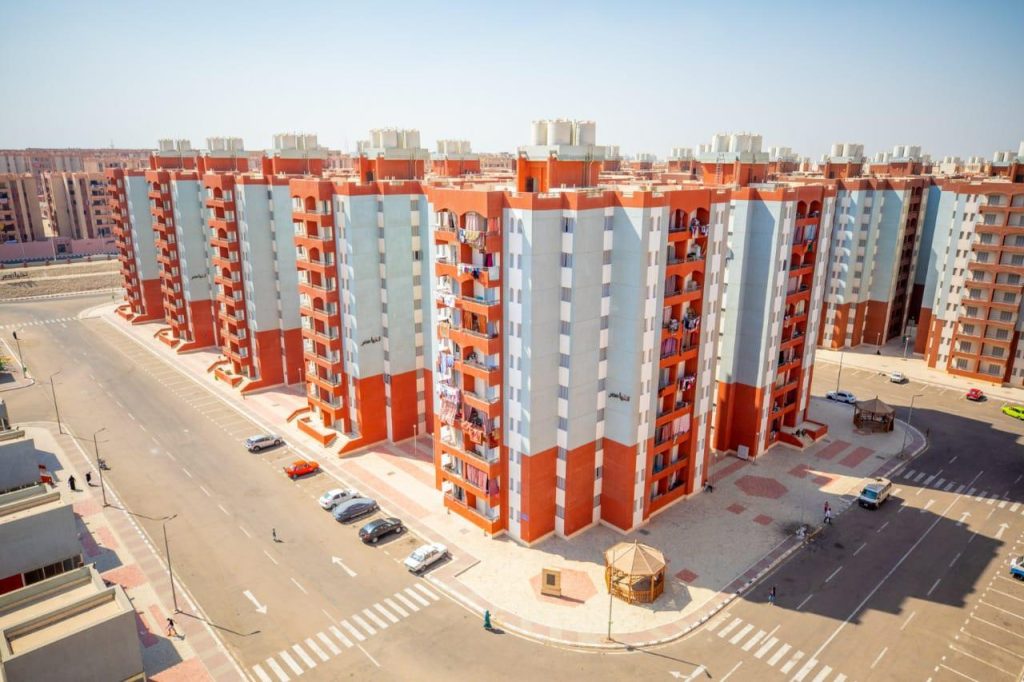
2. Nigeria
Why it’s affordable:
Despite high urban demand, Nigeria’s housing market has become more affordable in 2025 due to increased use of alternative building technologies (like prefab and interlocking blocks) and government-backed mortgage schemes. The Family Homes Fund and public-private partnerships have scaled housing delivery.
Average cost (Urban 2-bedroom):
~$20,000 – $30,000 USD
Monthly rent (Urban 2-bedroom):
~$100 – $200 USD
Key drivers:
Rise of affordable housing developers
Youth-targeted housing programs
Slower inflation in building materials
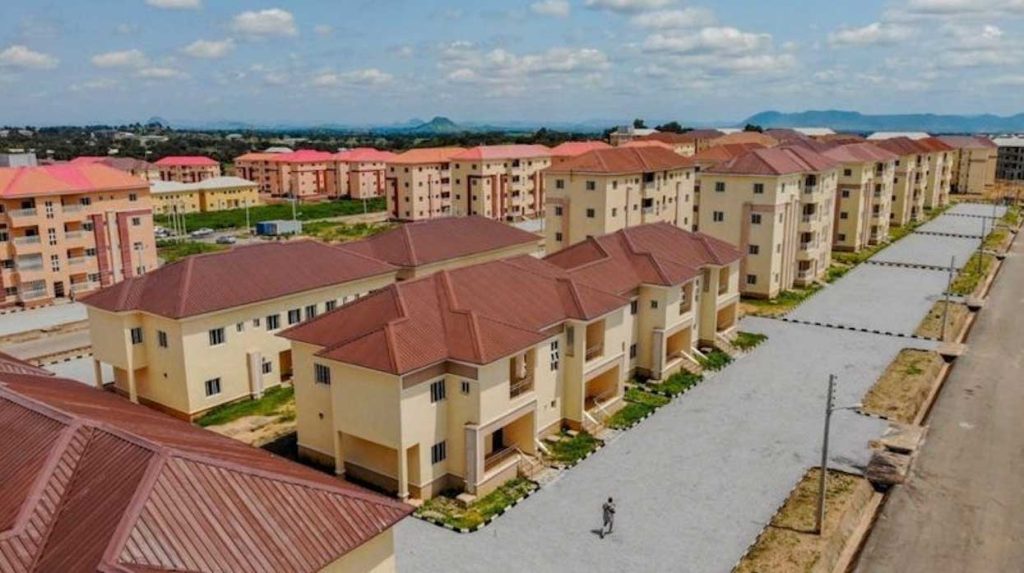
3. Kenya
Why it’s affordable:
Kenya’s affordable housing initiative, part of the Big Four Agenda, continues to bear fruit in 2025. Nairobi and surrounding counties have seen a surge in budget-friendly units supported by public-private initiatives. Developers are also focusing on high-density, low-cost designs.
Average cost (Urban 2-bedroom):
~$25,000 – $35,000 USD
Monthly rent (Urban 2-bedroom):
~$120 – $220 USD
Key drivers:
Government subsidies on land and infrastructure
Increased uptake of micro-mortgages
Strong private-sector participation
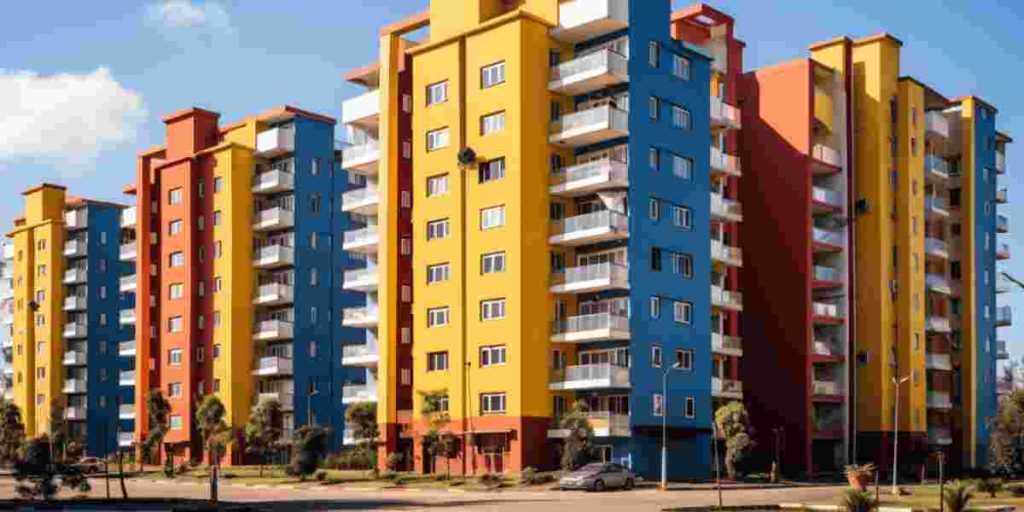
4. Rwanda
Why it’s affordable:
Rwanda’s focus on smart urban planning and affordable housing policies has made it a standout performer. The government works closely with developers and international organisations to provide low-cost homes, especially in Kigali and secondary cities.
Average cost (Urban 2-bedroom):
~$15,000 – $25,000 USD
Monthly rent (Urban 2-bedroom):
~$100 – $180 USD
Key drivers:
An efficient land tenure system
Strong political will and stability
Use of local, cost-saving building materials
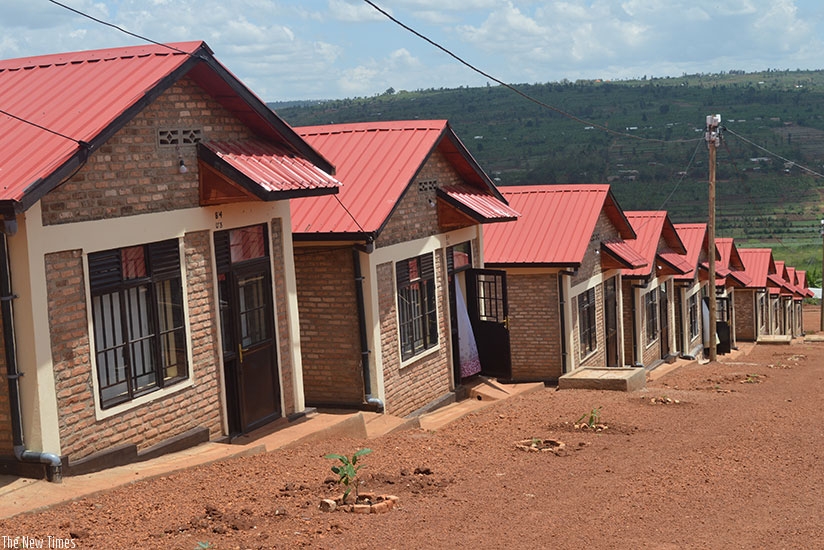
5. Ghana
Why it’s affordable:
Ghana remains a leader in West Africa for affordable housing initiatives, with efforts driven by the National Housing and Mortgage Fund and affordable housing estates. In 2025, new tax incentives for developers and innovative financing schemes are helping more Ghanaians access quality housing.
Average cost (Urban 2-bedroom):
~$25,000 – $35,000 USD
Monthly rent (Urban 2-bedroom):
~$150 – $250 USD
Key drivers:
Mortgage subsidies for first-time buyers
Local cement production reduces material costs
Rise of community-based housing cooperatives
